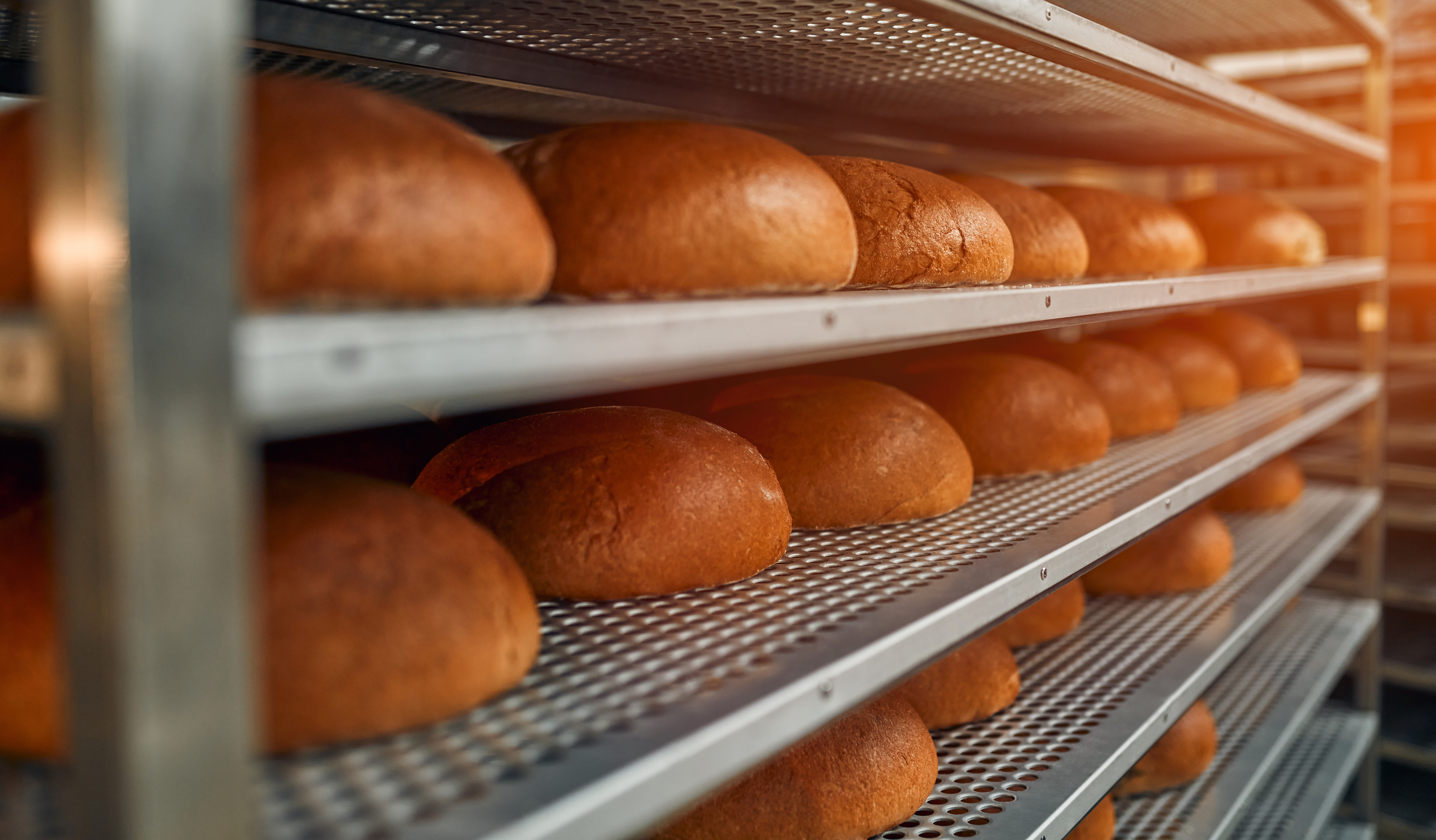Conformance, Consistency and Cost: The 3 C’s of SQF Quality
By LeAnn Chuboff, SQFI VP of Technical Affairs
 Food safety is straightforward and easy to implement in comparison to food quality. What constitutes as “safe” food can be outlined objectively and monitored. “Quality” food is much more difficult to outline and is often defined within the eye of the beholder. Customer perspective is the driving force behind what is determined as a quality product, and expectations will vary from person to person and region to region. This means even the methodology to produce quality products cannot be simply defined and will vary.
Food safety is straightforward and easy to implement in comparison to food quality. What constitutes as “safe” food can be outlined objectively and monitored. “Quality” food is much more difficult to outline and is often defined within the eye of the beholder. Customer perspective is the driving force behind what is determined as a quality product, and expectations will vary from person to person and region to region. This means even the methodology to produce quality products cannot be simply defined and will vary.
We are often asked by sites who have a GFSI-benchmarked food safety management program on the benefits of continuing to the SQF quality certification. Becoming SQF quality certified can help food manufacturers stay competitive, as certification is a supplier requirement for many purchasing companies. The SQF Quality Code can take the competitive edge a step further, as it demonstrates a company’s commitment to food quality in addition to food safety.
SQFI breaks down the principles of producing quality food into 3 simple concepts. The 3 C’s of SQF Quality: Conformance, Consistency, and Cost.
The Rewards of Producing Good Quality
Sites can consider a good quality product as one that consistently meets the needs of the customer at the lowest cost to them. By following the 3 C’s, sites can adopt a straightforward approach to making a good quality product.
Conformance refers to a site’s understanding of their customers’ expectations and the ability to devise a solution to meet these requirements. Your customers’ perspectives drive quality.
Consistency refers to a site’s ability to understand and analyze points of potential variation, then design a process that effectively uses their resources to reduce these variations. Your customers expect to get the same quality every time they purchase your product.
Cost refers to a site’s ability to build quality into their processes, rather than as an end-point inspection, to effectively lower production costs while raising customer satisfaction. Your customer will be much more satisfied with the product if quality is not just an afterthought.
Understanding the implications of the 3 C’s, will allow sites to have greater control over their products and deliver on customer expectations. By obtaining SQF quality certification, sites demonstrate that they understand their facility and their customers. Continued certification and use of SQF quality management best practices will help improve customer relationships and sales.
Showcasing the SQF Quality Shield
Sites who achieve and maintain certification to the SQF Quality Code are granted permission by their certification body to use the SQF quality shield. A site can use the SQF quality shield to indicate that their site has a quality system that meets the SQF Quality Code requirements.
Food quality is driven by customer perspective and demands. The better your site can control process variation, the more equipped you are for meeting these expectations and increasing production efficacy.
Recent Blog Posts
The FMI Foundation, in partnership with SQFI, awarded 19 scholarships from 152 applications for the 2025-2026 Food Safety Auditing Scholarship program.
Private brands in the grocery industry are experiencing significant growth, evolving from budget alternatives to strategic assets that drive customer loyalty and distinguish retailers.
Recall prevention means embedding food safety throughout your operations so those failures never reach the customer.




